December 24. Christmas eve. St. Francis was inspired by his recent visit to the Holy Land where he had been shown Jesus’s traditional birthplace in Bethlehem as a poor and helpless baby. This was a source of great joy to him and he was astounded that God could be so humble as to come from heaven to live on earth, sharing the life of the creation, becoming our brother.
The story is told how in his exuberant and passionate love Francis invented a dramatic way to preach about this mystery. In 1223, a few years before his death, he created the first Christmas crib to give people a practical and personal experience of the incarnation of Jesus and what it meant for ordinary people.
There lived in the town of Greccio a holy man by the name of Giovanni. Francis called on him about two weeks before Christmas and said to him, “If you desire that we should celebrate Christmas together go quickly and prepare what I tell you, for I want to relive the memory of the Infant who was born in Bethlehem and how he was laid in the manger on hay between a donkey and an ox. I want to see all of this with my own eyes.” The good man departed quickly and prepared everything as he had been told.
On Christmas eve St Francis arrived and saw that everything had been prepared. He invited the people of the region into the cave that had been filled with straw and an ox and a donkey. He wanted them to feel the heat generated by the animals in the stable and to smell the damp hay crammed into the cave’s close quarters. The crib that was originally intended for animals’ food was prepared as a resting place for the infant Christ. St Francis came with his brothers and with the local people crowded into the cave and all gathered to celebrate Christmas with great rejoicing. Greccio would become a new Bethlehem.
At this season too Francis wanted the poor and the hungry to be filled by the rich; he said that more than the usual amount of grain and hay should be given to oxen and asses. “‘If I could speak to the emperor, I would ask that a general law be made that all who can should scatter corn and grain along the roads so that the birds might have an abundance of food on that day of such great solemnity, especially our sisters the larks’” (2 Celano, 199–200).
Christmas is about the physical birth of Love among us. It celebrates the birth of Jesus of Nazareth, whom we believe to be the God who is Love. Simply put, Christmas is a feast about Love and Love’s decision to become part of the universe by becoming human. Scripture tells us that the human race has been made in the image of God, who is Love (Gn 1:27).By understanding how we love, we can appreciate God’s decision to become flesh, which is the deepest meaning of Christmas. All of us want to be united with those whom we love. We want to spend time together, to get to know one another. In deeply intimate loving, we want to become one together emotionally, spiritually, and physically. Love by its nature desires that we be one with our beloved.
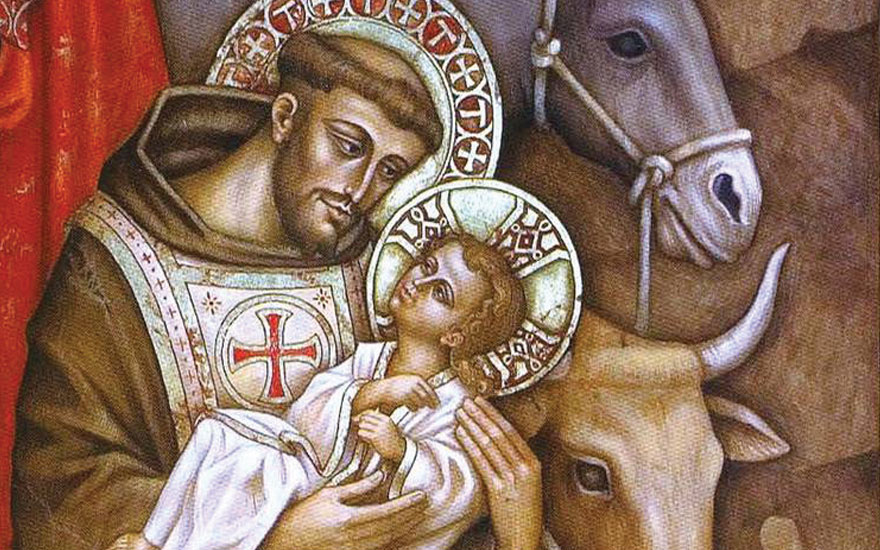
December 25. Christmas Day. St Francis came to the cave at Greccio with his brothers and with the local people they crowded into the cave to celebrate Christmas with great rejoicing. A priest began the Mass. St Francis read the gospel and preached the sermon. His biographer, Thomas of Celano, writes: “The saint of God stood before the manger, uttering sighs, overcome with love and filled with a wonderful happiness….He sang the Gospel in a clear and sonorous voice, inviting all to the highest rewards. Then he preached to the people standing about and spoke charming words concerning the birth of the poor King, and the little town of Bethlehem….When he spoke the name ‘Child of Bethlehem’ or ‘Jesus,’ his tongue licked his lips, relishing and savoring the sweetness of the words.”
Francis observed this birthday of the child Jesus with inexpressible eagerness over all other feasts, saying, ‘It is the feast of feasts, on which God, having become a tiny infant, clung to human breasts.”
A tradition tells us that while Francis was preaching with deep feeling about God’s love, the child Jesus appeared and rested in Francis’ arms. Witnesses among the crowd that gathered reported that Francis had included a carved doll which was seen to come to life. Another reported that the doll cried tears of joy and “seemed to be awakened from sleep when the blessed Father Francis embraced Him in both arms.” This miracle of the crying doll moved all who were present, and it is written too that Francis made another miracle happen, too: the hay that the child lay in healed sick animals and protected people from disease.
Imagine St Francis today. He would smile at our nice varnished cribs, though he would bless any home that has one. Probably he would prefer those set up outdoors with live animals. And if he were to stand by one and preach today, he might say something like this: “Look deeper than this pleasant scene. See your God become your food for eternity in a feeding place for animals. See the simple bands wound around the helpless baby, not the embroidered dress. See a man and woman wearing the clothes of the poor. See and smell the animals. Feel the cold and dirt of the cave, lighted only by a little fire. And adore your God, who took a human heart that could know the greatest love and the sharpest pain, arms that could embrace the sinners, the neurotics, the lepers, and hands that could touch cheeks running with tears, and be pierced with nails. Adore your poor and humble God.”
Teilhard de Chardin, a priest, paleontologist and a modern mystic preached one Christmas during WWII, and said, “Since Christ was born and ceased to grow, and died, everything has continued in motion because he has not yet attained the fullness of his form. He has not gathered about him the last folds of the garment of flesh and love woven for him by his faithful. The Mystical Christ has not reached the peak of his growth…and it is in the continuation of this engendering that there lies the ultimate driving force behind all created activity…Christ is the term of even the natural evolution of living beings.
One observer responded for everyone everywhere. “We leave the little chapel, our hearts ablaze. Now we truly have something to celebrate at Christmas. Now too we have a task: co-creating, and through our own embodied lives bringing divine love more fully into every aspect of life on our planet. This could take some time. At the very least, it could take the rest of our lives!
With the Franciscan understanding of Christmas, we believe that God is permanently incarnated, committed in flesh in human history, in our individual lives. The Incarnation was not simply for a moment in the past, but for now— always and forever. In fact, we believe that when the people of God (the Church) come together and consciously reflect and articulate their faith, it is God in Jesus Christ who is present and speaking through us. The Incarnation is continuing in history.
December 30. Eternal Life. Mrs Adams shared, “This last year with all the focus on the coronavirus and life and death has probably made us more aware of our vulnerability and the possibility of death. Fear and anxiety have been common experiences. “I know that we have not had a death in our immediate family, but the reality and possibility of death has certainly become part of life. I think it is a good thing. What do others think?”
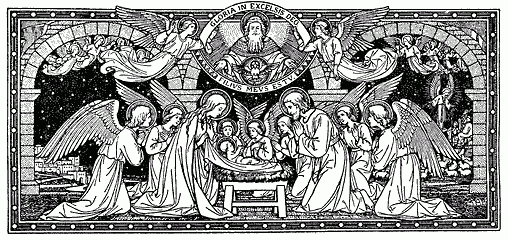
Canticle 10. PRAISE AND BLESS MY LORD, and give Him thanks and serve Him with great humility. The book Care for Creation – a Franciscan spirituality continues to reflect on death and eternal life. “Francis’ praise of death is a return of love for love. In his own way he tells us that the world is not blindly hurtling into extinction but is moved by Christ to Christ that God may be all in all. What happened in the death of Jesus anticipated the future of humanity and the cosmos itself. The death of Jesus was not the annihilation of creation but its radical transformation through the power of God’s life-giving Spirit. Jesus’ resurrection is the beginning of the transformation of the world and this includes the world of nature.”
This is the ultimate message of the Incarnation. God created, was present and continues to be present in his love, throughout the life of Jesus, his resurrection and the final transformation of all creation as foretold in the gospels and the book of Revelation. The human spirit surrenders its limited bodily structure and becomes open toward the universe and in some way a true brother and sister to the elements of the universe. That is the essence of Franciscan spirituality which Scotus develops. He maintains, like Francis, that relationship is the key to the beauty of the universe. Since all reality is good, then my relationships with others, human and nonhuman, ought to promote goodness. Care for Creation. (p92.)
Death will be no more, mourning and crying and pain will be no more. Rev 21:4 Pope Francis. Let us not waste energy by dwelling on the distant past. The better we live on this earth the greater the happiness we will be able to share with our loved ones in heaven.

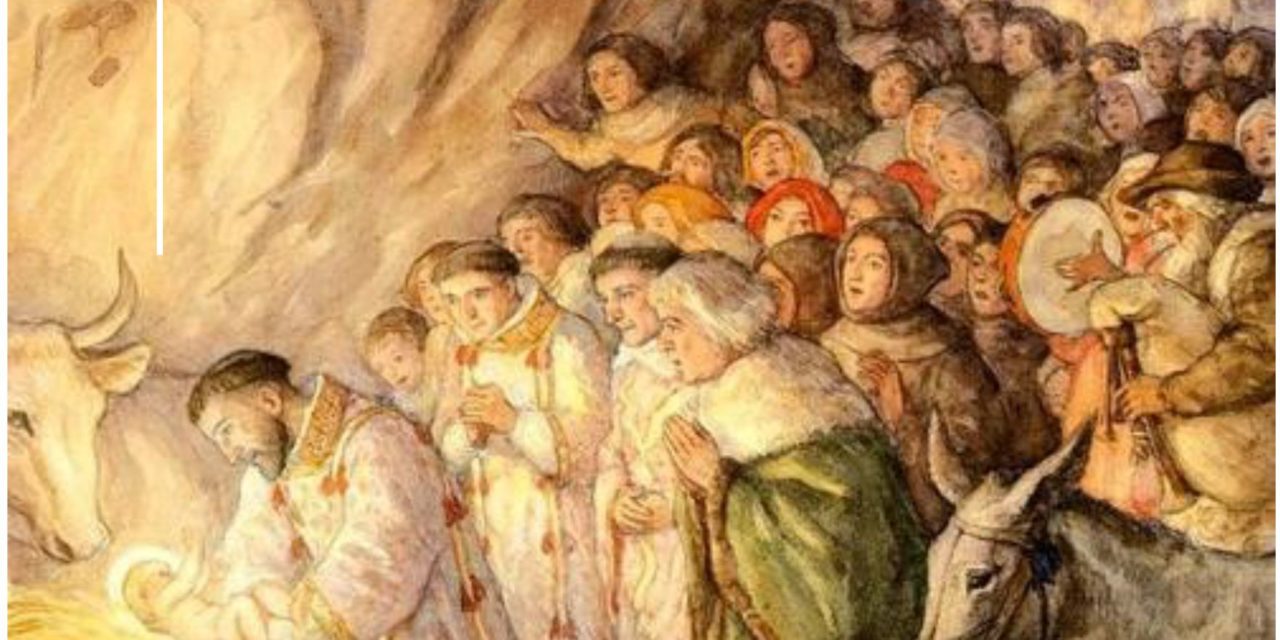
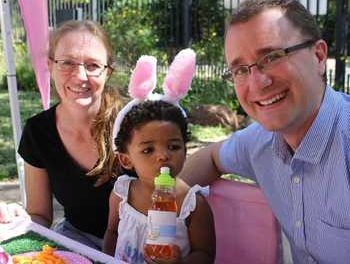

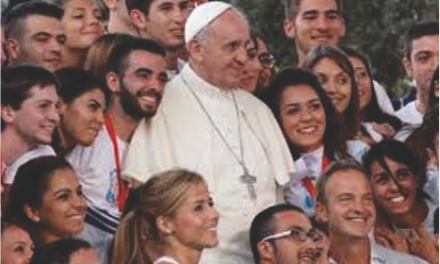


Recent Comments